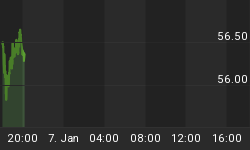Not to belabor the point I have made in recent commentaries, but last Friday afternoon's report from the Fed of assets and liabilities of commercial banks in the U.S. showed the sharpest 13-week contraction in bank credit - loans and investments - in the history of the series, which dates back to January 3, 1973. In the 13 weeks ended June 18, bank credit contracted at an annualized rate of 9.14% (see Chart 1 below). Because of current or expected capital inadequacy, banks are reining in their earning assets and, therefore, are not availing themselves of the cheap credit the Fed is offering to fund them at. This suggests that the 2% fed funds rate in the current context does not represent as accommodative a monetary policy as it would if the banking system were willing and able to extend credit to the private sector.
Chart 1
More Regions Report Weakening Manufacturing Activity in June
In recent weeks the Philly Fed and the Buffalo branch of the New York Fed have reported weaker new orders in the manufacturing sector for June. Today, the Chicago, Milwaukee and Dallas "precincts" reported their June manufacturing results. The story is the same - weaker new orders. Chart 2 contains the new orders indexes as reported by the Chicago and Milwaukee purchasing managers. Chart 3 contains the new orders data from the Dallas Fed manufacturing survey. These reports plus the ones from Philly and Buffalo suggest that the new orders index in June ISM manufacturing report will be down, too.
Chart 2
Chart 3















